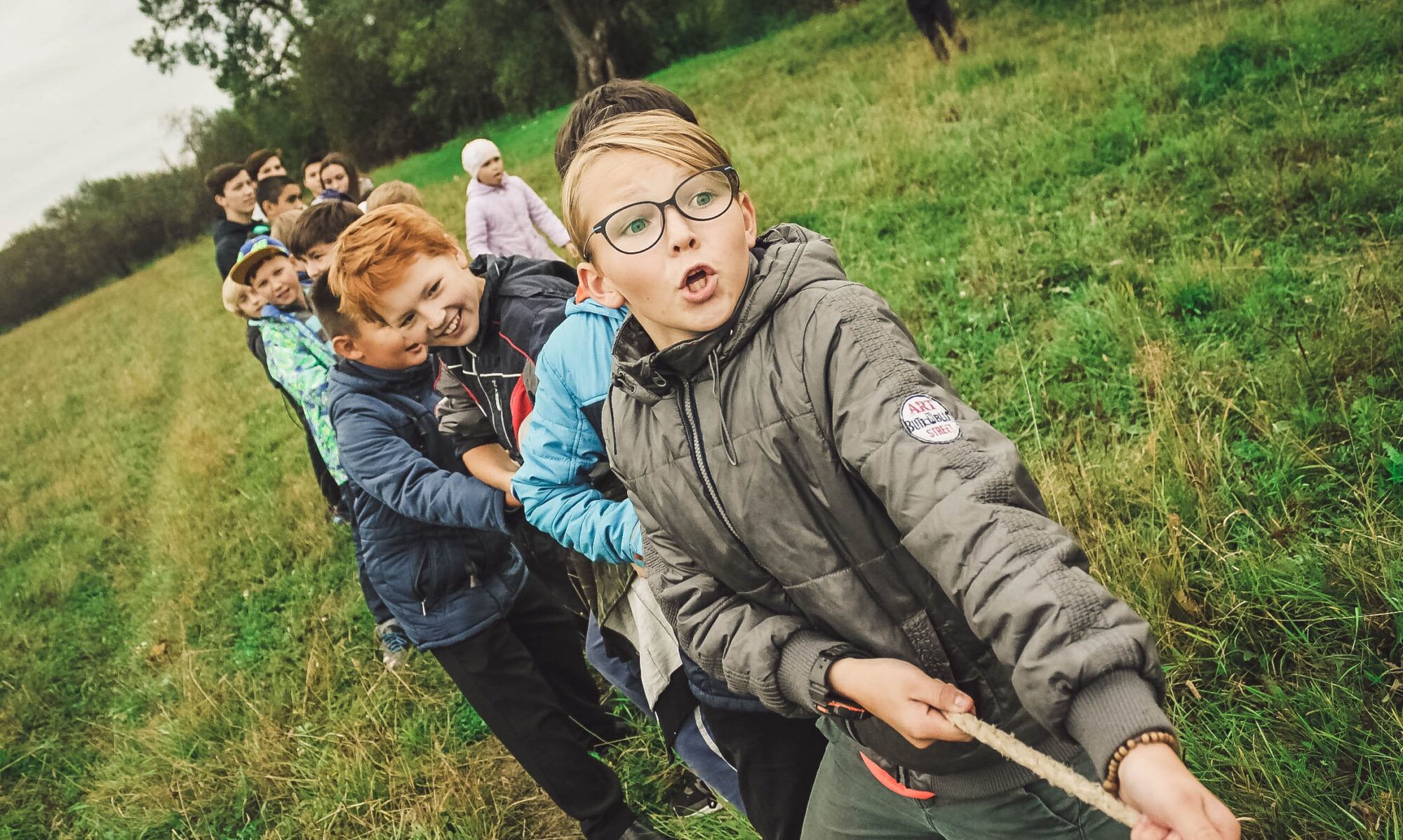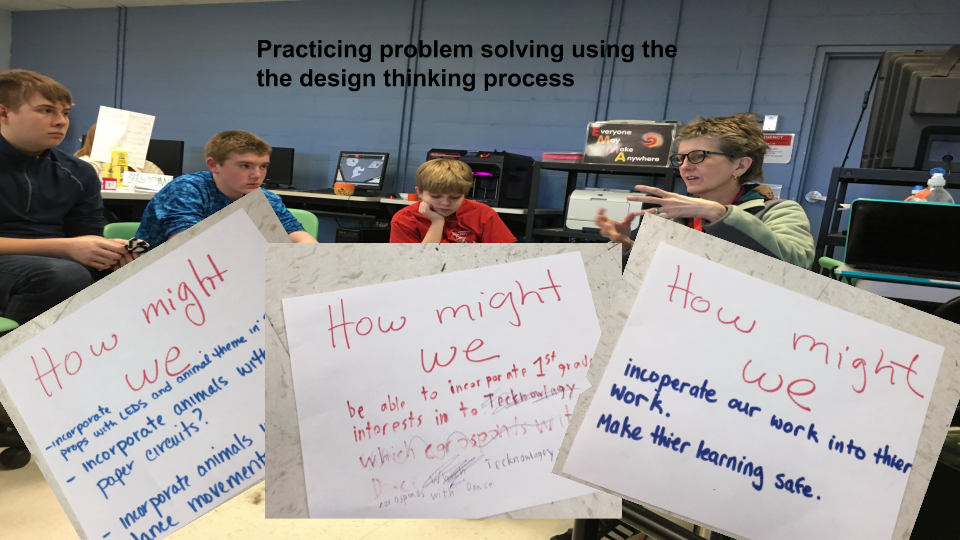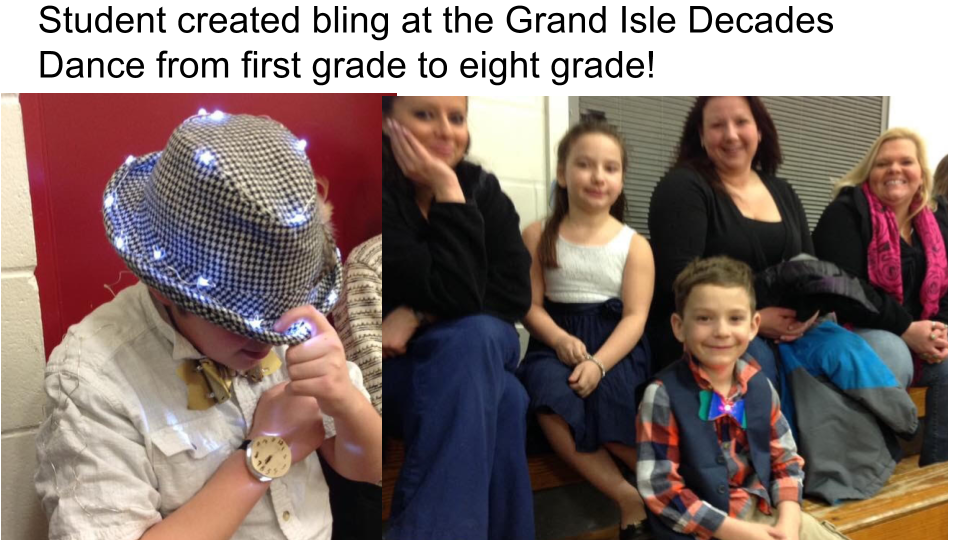Responsible and involved citizenship in Grand Isle
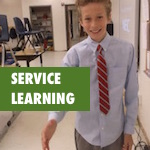 We’re looking at how maker-centered learning and makerspace activities can help support students in developing Vermont’s five transferable skills. We’ve looked at clear and effective communication, self-direction, and creative and practical problem-solving.
We’re looking at how maker-centered learning and makerspace activities can help support students in developing Vermont’s five transferable skills. We’ve looked at clear and effective communication, self-direction, and creative and practical problem-solving.
In this post, we recount EMMA’s visit to Grand Isle School, where teachers and students used making as part of service learning and provided evidence of responsible and involved citizenship.
Service Learning has long been part of the school culture at Grand Isle School
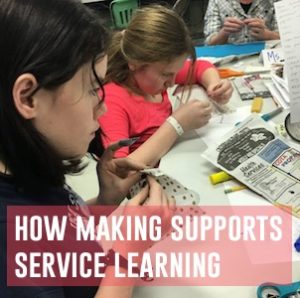 As students and teachers become makers their capacity to find and solve problems grows in ways that can serve others around them. Using the Stanford d.school Design Thinking approach, the students and teachers at Grand Isle School were able to “light up” their annual Decade Dance in a way that engaged even their youngest learners.
As students and teachers become makers their capacity to find and solve problems grows in ways that can serve others around them. Using the Stanford d.school Design Thinking approach, the students and teachers at Grand Isle School were able to “light up” their annual Decade Dance in a way that engaged even their youngest learners.
The Decade Dance is an annual project-based learning experience that combines a social event with physical fitness in a way that enhances community life. Students learn new dances and teach them to each other and to community members.
During EMMA’s visit to Grand Isle school, the students and teachers used design thinking to consider how they might teach younger students to light up an article of clothing to make their dance experience even more fun.
Part of the day was spent inventing new possibilities for adding circuits into clothing that one might wear to a dance. The students were given maker materials and asked to create something wearable that lights up. Duct tape, copper tape, batteries and LEDs were quickly transformed into neckties, bow ties, and hair clips.
Prototypes were created and shared by both students and teachers. Maker-centered learning often shifts the roles of educators as they learn alongside their students.
How did making support Grand Isle’s Decade Dance?
Part of the day was spent building students’ capacity to make by learning the foundations of eTextiles. Respect for traditions grew as teachers helped students learn the tricks of threading needles, making tight stitches, and tying knots.
Threading a needle using conductive thread proved to be more challenging than expected.
Students’ previous experience with circuits and copper tape led to a quick understanding of designing paths for connecting sewable LEDs to a battery with conductive thread. Not all attempts were successful, but every attempt resulted in new learning and new respect for the importance of building a supportive learning community.
The last part of the day was spent working through the stages of design thinking, starting with empathy. After struggling with their own designs, students interviewed a first grade teacher to gather information that would help them create ways to engage younger students in the process of lighting up their dance outfits.
The students asked questions about the interest and abilities of first graders. They learned that the first grade teacher was concerned about e-waste and the sustainability of our planet as well as potential costs of supplies. Students used this information to create a series of HOW MIGHT WE questions that more narrowly defined the problem they were solving:
The students continued the design thinking stages after EMMA left. Then later that month, they brainstormed some possible solutions and created a few prototypes to test with their younger learners.
In the weeks leading up to the dance, the older students got a chance to put their plan into action as they helped their young school makers bling out their outfits for the Decade Dance.
The empathy at the center of the design process underscores the powerful potential of connecting making and service learning.
In the case of Grand Isle, by bringing technology into two traditions that have a history of building community (sewing and dance), making provided ample evidence of students engaged in responsible and involved citizenship.
